
Have you a parrot as a pet or are you planning on getting very soon? When selecting a cage for a parrot serious consideration has to be given to the size of the parrot. Parrots are active birds and a small cage could have quite a detrimental effect on the parrot. In saying that, too large a cage can also cause the parrot to feel insecure and distressed.
When a parrot is kept in captivity it is humane to give it room to move. Parrots are an active bird and long periods in a small cage will cause it emotional distress.
So, what are the things to consider when looking for a suitable cage?
1. The size of the bird: the cage should not be too small as to hinder movement, but by the same token too big a cage can frighten the bird as they like to feel cosy and secure in their cage. A parrot being introduced to the house may even be better in a smaller cage for the first few weeks.
2. Perches: if there is room, several perches are ideal as the parrot will like to move around but they need to be placed high enough so that he can walk around the bottom of the cage. Parrots like to climb and they like to chew so tree branches of the soft wood variety and of the right thickness make great. The perch should be a size that the parrot can get a good grip on with his feet, but not so small that his grip is loose.
3. Mirror - vain creatures that they are, parrots love to have a mirror in their cage. To keep him occupied, hang the mirror from the top of the cage so that it swings, rather than on the side of the cage
4. Lining the cage: shredded newspaper has been a popular product for lining the cage, but the newsprint can be harmful to the parrot so other good options are sawdust, straw or sand. Sand is good because the parrots sometimes eat it and acquire minerals, but they also use it to shape their beaks.
5. Food and water: 2 food trays are a good idea, one for grain and the other for wet food and it is best if they are only put in the cage for a short time and removed later on. A water bottle is better than using a water dish because the water in dishes gets dirty and contaminated. For nibbles through the day the parrot enjoys things like carrot sticks, corn, capsicum and other finger food which can be tied to the cage.
6. Cages with deep removable trays: a deep tray with a grate is good because it helps keep the mess inside the cage. Parrots love to forage on the bottom of the cage, especially in the late afternoon and with a grate the droppings go through so the bird is not walking on them or foraging in them.
7. Toys: keep the parrot entertained with a range of toys being rotated in his cage. Parrots love to play and also enjoy doing their own tricks so toys will encourage them to be active. Make sure any toy you put in the cage will not pull apart, break off or catch either their beak or feet in any part of it.
I am sure that after giving consideration to all these tips for choosing and setting up the parrot cage, you will have a very happy parrot in no time at all. Parrots are wonderful pets and a well behaved parrot is a really enjoyable companion. Having the right 'home' for your bird will go a long way to keeping him happy and you, the owner, as well.
Sign up to my FREE '10 Secrets to Caring for a Pet Parrot' mini-course at Pet Parrot Secrets. Pet parrots can be lots of fun, but if you want a happy, healthy parrot it is important to know how to look after him in the best possible way. They love learning tricks and being interactive with the family.
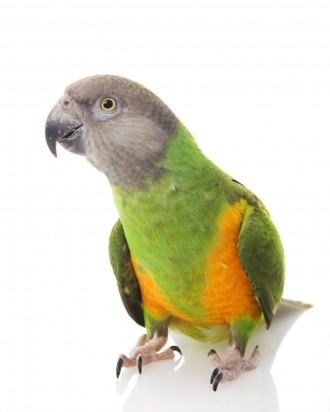 Senegal Parrot
Senegal Parrot
Senegal Parrot
Senegal Parrot
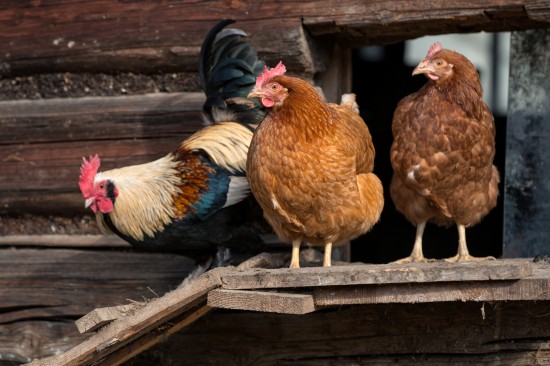 The Importance Of Ventilation In The Chicken Coop
The Importance Of
The Importance Of Ventilation In The Chicken Coop
The Importance Of
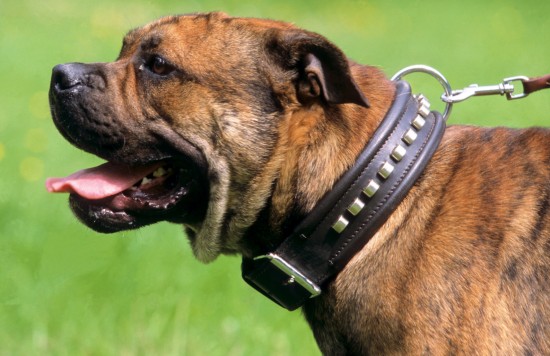 Changes To The Dangerous Dogs Act 2014 - What All Dog Owners Need To Know
Changes To The Da
Changes To The Dangerous Dogs Act 2014 - What All Dog Owners Need To Know
Changes To The Da
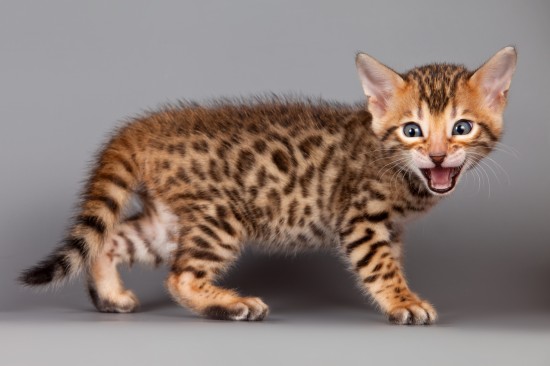 The Uk’s Top 10 Most Popular Cat Breeds
The Uk’s Top 10 M
The Uk’s Top 10 Most Popular Cat Breeds
The Uk’s Top 10 M
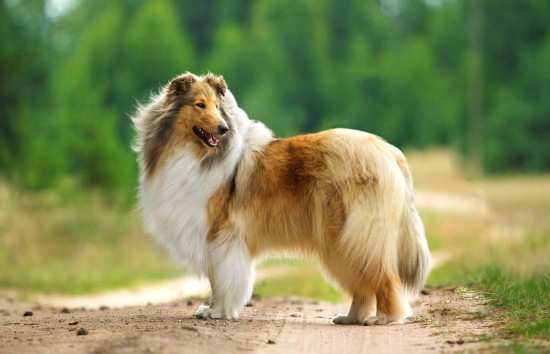 Epi Or Exocrine Pancreatic Insufficiency In Dogs
Epi Or Exocrine P
Epi Or Exocrine Pancreatic Insufficiency In Dogs
Epi Or Exocrine P
Copyright © 2005-2016 Pet Information All Rights Reserved
Contact us: www162date@outlook.com